A selection of 12 facts about our closest star neighbor— the Sun.
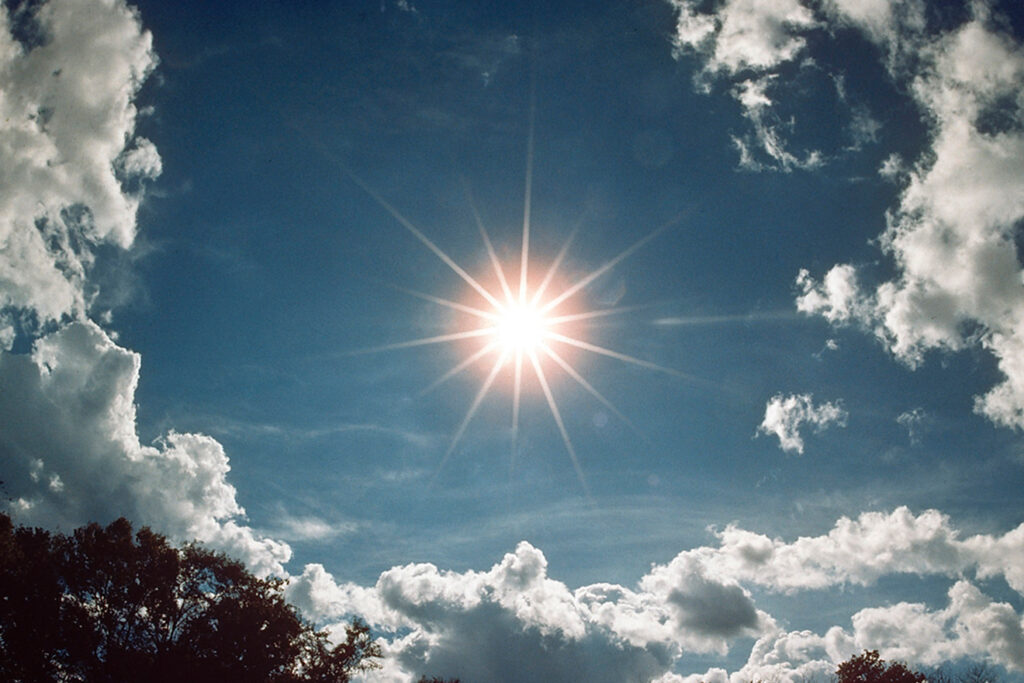
1. The sun is the closest star to the Earth
The sun is a giant plasma ball, inside which thermonuclear reactions take place. It is located at a distance of almost 150 million km from us. Our luminary is a typical G-class star in the middle of its life cycle. Its surface temperature is 5780° Kelvin. Due to this, the spectrum of its radiation is almost white. Yellowish color emerges when its rays pass through the Earth’s atmosphere.
The distribution of luminaries of different sizes is not uniform across the universe. Therefore, the Sun is actually bigger than 90 percent of the other stars in its area. In addition, it is a benchmark for us — it is by observing it, that we judge as for the nature of other similar objects.
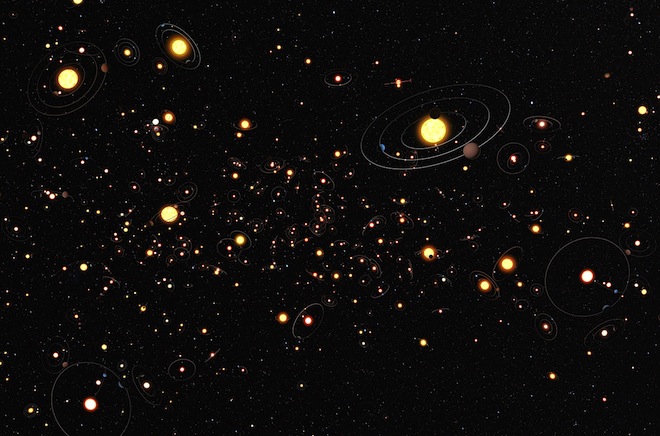
2. The element helium got its name from the Sun
When people first tried to determine the chemical composition of our star by its spectrum, they saw the lines of radiation of an unknown element. For some time it was believed that it was present only there, so it was named after the Greek god of the Sun—Helios. This substance was later found on Earth as well, but the name remained.
Helium constitutes about a quarter of the Sun. Another 73 percent is hydrogen, and the rest are heavier elements. It is due to the thermonuclear reaction that converts hydrogen into helium that our luminary produces energy.
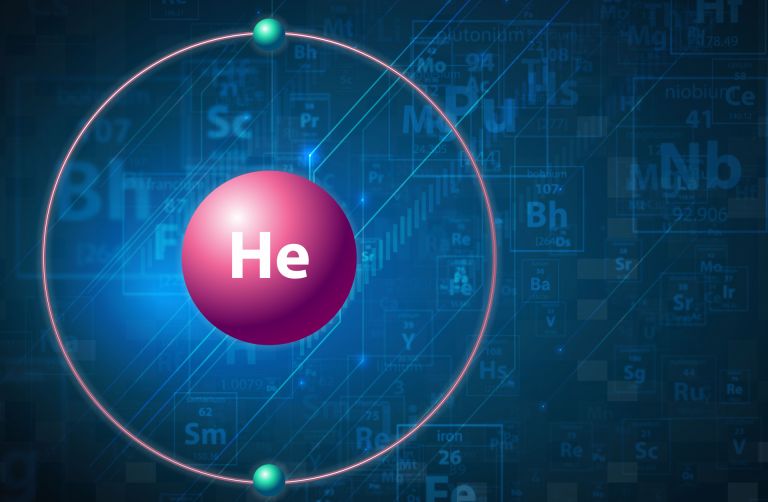
3. The mass of the Sun is 500 times greater than that of all the planets around it
The sun makes up 99.866 percent of the mass of the solar system. This means that it weighs about 500 times more than all the planets and asteroids combined. Even the mass of Jupiter is only one thousandth of the mass of our luminary.
As for the Earth, it is about 333 thousand times lighter than the Sun. Our luminary could hold 1.3 million terrestrial planets inside. At the same time, the density of our star is about 40 percent higher than that of water.
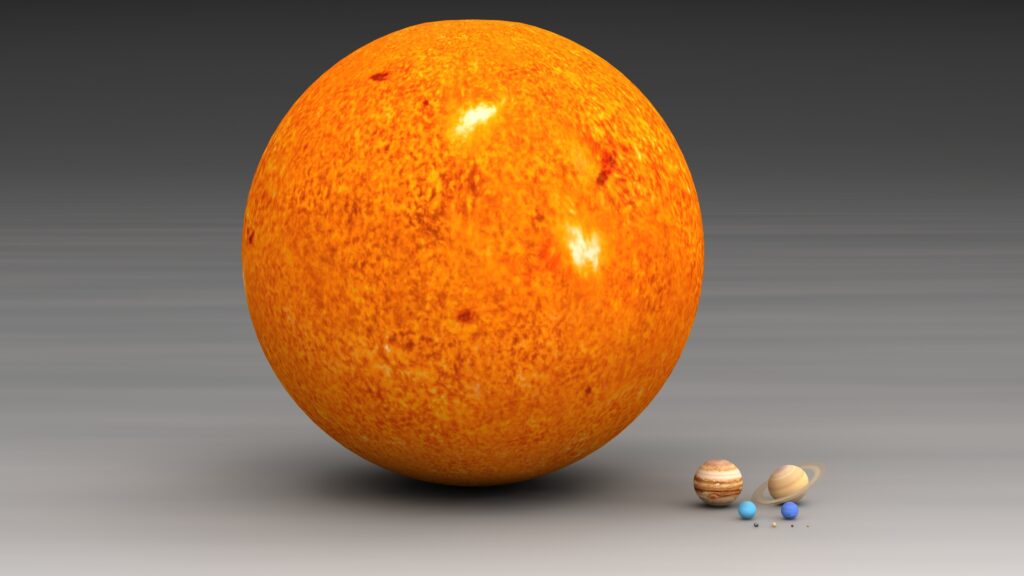
4. The sun has a crown
The solar corona (Latin for “crown”) is the outer layer of our luminary. It consists of protuberances and various plasma eruptions. Usually these formations are hundreds of thousands of kilometers long, ie they are longer than the distance from the Earth to the Moon.
The solar corona is one of the hottest parts of our world. Its average temperature is 1-2 million degrees Kelvin. However, sometimes there are some even hotter spots in it, the temperature of which can reach 20 million degrees Kelvin. The solar corona can be seen from Earth by observing our luminary during its total eclipse.
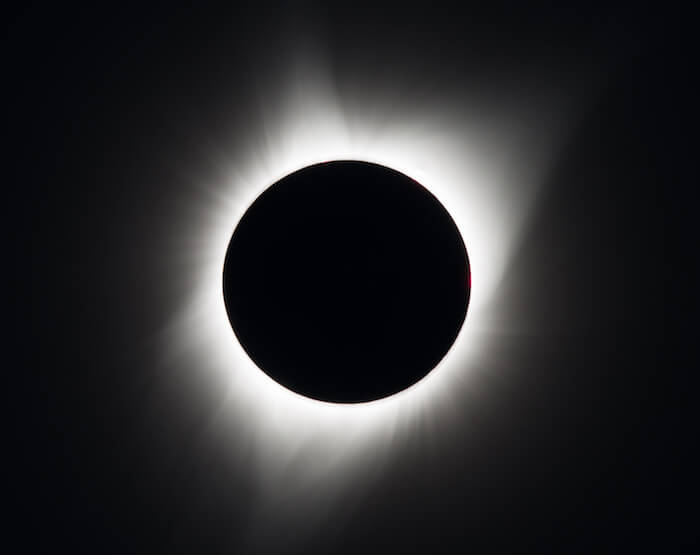
5. There are spots on the sun
The layer of the Sun’s surface that emits visible light is called the photosphere. There are colder areas that seem dark. You can’t just look at our luminary through a telescope, but if you use dark filters, large groups of spots are visible.
Sunspots are areas on the surface of the Sun where the lines of force of its magnetic field are twisted and torn. Because of this, powerful plasma emissions, called solar flares, occur in such areas. To study these processes, the Solar Orbiter device was launched.
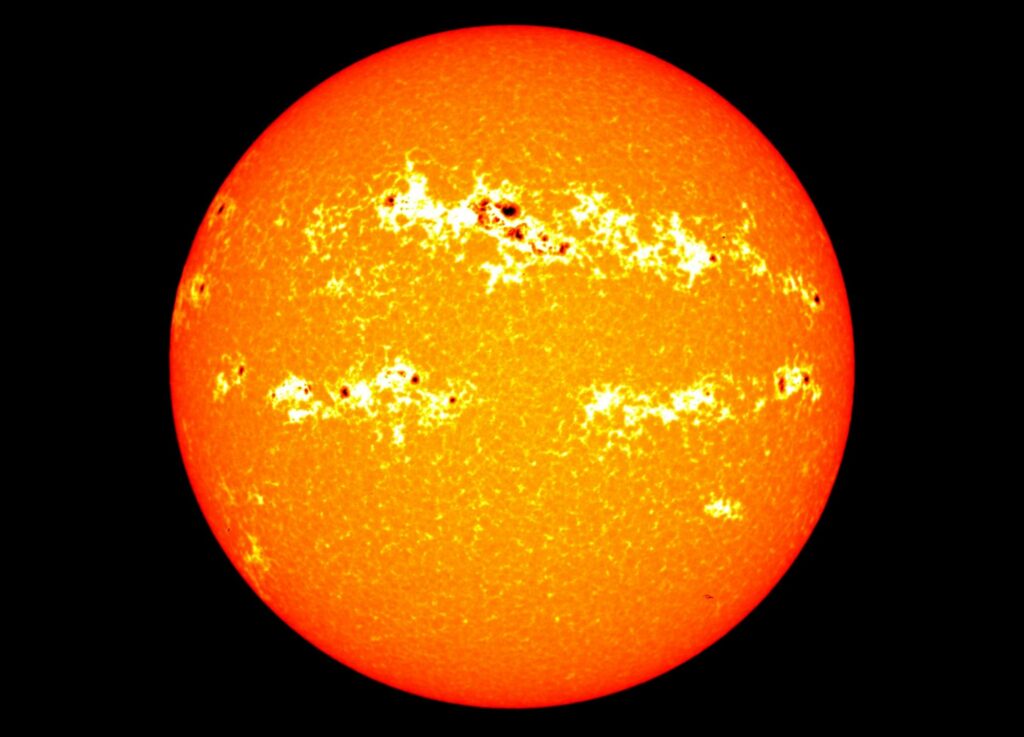
6. Solar wind can cause magnetic storms on Earth
The Sun’s magnetic field is constantly accelerating charged particles called the solar wind. Usually its intensity is too weak to harm people on Earth.
But during solar flares, a large number of charged particles can be emitted. Sometimes a large piece of plasma can even break away from our star. This phenomenon is called coronary ejection.
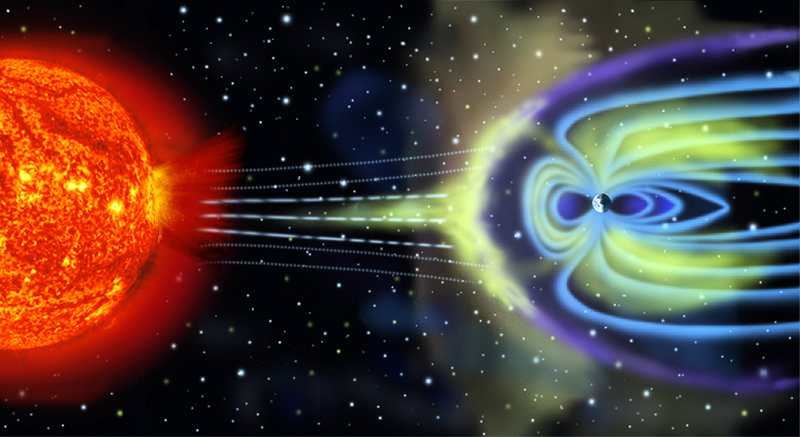
When such particles or plasma reach our planet, they interact with its magnetic field and atmosphere. A magnetic storm occurs, which can manifest itself in the form of auroras borealis. Such storms can cause failures of electrical and radio equipment, and indispose people with chronic diseases.
7. The activity of the Sun changes periodically
Sun flares occur chaotically, in the sense that no one can say for sure when any of the spots that are currently on the surface of the luminary will explode. Perhaps there is some mechanism behind this that we do not yet understand.
But the general number of spots is subject to a certain rhythm. There are regular 11-years cycles, each consisting of one maximum and one minimum. Now it is the 25th cycle since the beginning of observations of our luminary. The next peak of its activity will be in 2025. Scientists do not know what causes such a periodicity and whether the period of fluctuations changes over time.

8. Complete solar eclipses will not take place forever
A solar eclipse is a situation when the Moon stands between the Earth and the Sun and obscures the luminary completely or partially for a certain part of our planet. The orbit of our satellite is inclined relative to the plane of the ecliptic, so it does not happen every 29-30 days (the duration of the full cycle of lunar phases), but two to five times a year.
A total eclipse of the Sun occurs when the moon obscures our luminary completely. There are also partial and annular eclipses. The latter are observed when our natural satellite is in the far part of its orbit and its disk becomes too small to cover the whole of the Sun.
In about 600 million years, total solar eclipses will stop occurring. The Moon will gradually move away from us to a distance at which it will always look smaller than the Sun. Then only partial and annular eclipses will be observed.
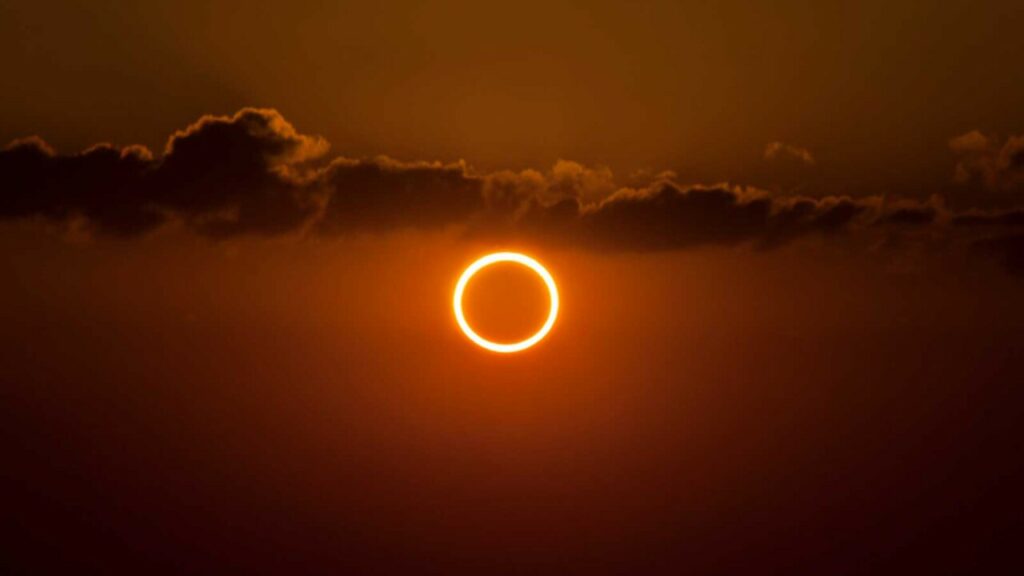
9. In summer the Earth is farther from the Sun than in winter
The Earth moves around the Sun in an elliptical orbit. That is, the distance to it increases or decreases during the year. However, the change of winter and summer is not related to this fact, but to the inclination of the axis to the ecliptic. So when summer comes in the northern hemisphere, winter comes in the southern hemisphere, and vice versa.
At the same time, the Earth passes the perihelion — the closest point of the orbit to the Sun — in January, when it is the middle of winter in the northern sphere. And it passes the aphelion — the most remote point — respectively, in the Northern summer. This year the latter will occur on July 4.
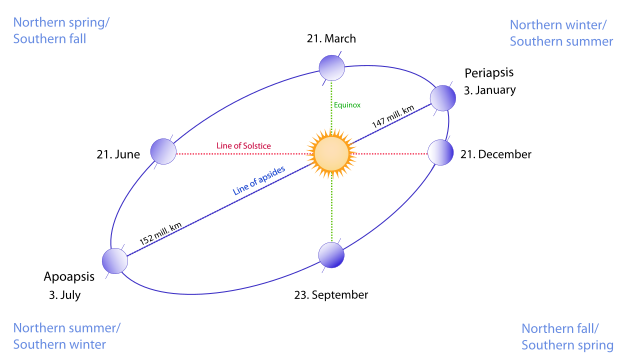
10. The sun emits not only visible light
Like all stars, the sun emits a wide range of electromagnetic waves. Of these, our eyes are able to perceive only a small area from 380 nm (purple) to 740 nm (red). If you move further in the direction of increasing the wavelength, you first get to the range of infrared radiation, and then — radio waves.
When the wavelength decreases, ultraviolet light comes first, most of which is eliminated by the atmosphere, and the rest gives us a tan; then X-rays come; and finally — gamma radiation.
All these frequencies are radiated with varying intensity by the Sun. And we can learn more about our luminary in some invisible parts of the spectral range than in visible light. Therefore, much of the space and terrestrial devices that observe our star do so beyond the “colors” available to the human eye.
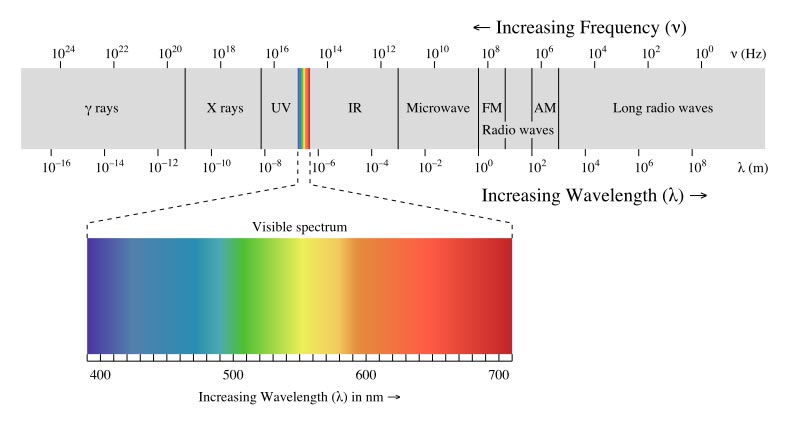
11. The sun’s radiation is growing
The radiation intensity of our luminary is slowly increasing. When it was born 4.5 billion years ago, it was about 25% dimmer than it is now. Since then, its brightness has gradually increased.
As for now, our knowledge is too scarce to tell how these changes affect the greenhouse effect. It is possible that in 1 billion years life on Earth will become impossible due to the growing luminosity of the Sun. Other studies show that this will happen in 3.5 billion years.
12. The sun will become a red giant
At the age of 10.9 billion years, the Sun’s core will start getting depleted of hydrogen. Our star will swell and in a few hundred million years it will turn into a subgiant — an orange star, whose radius will be 2.3 times larger than today.
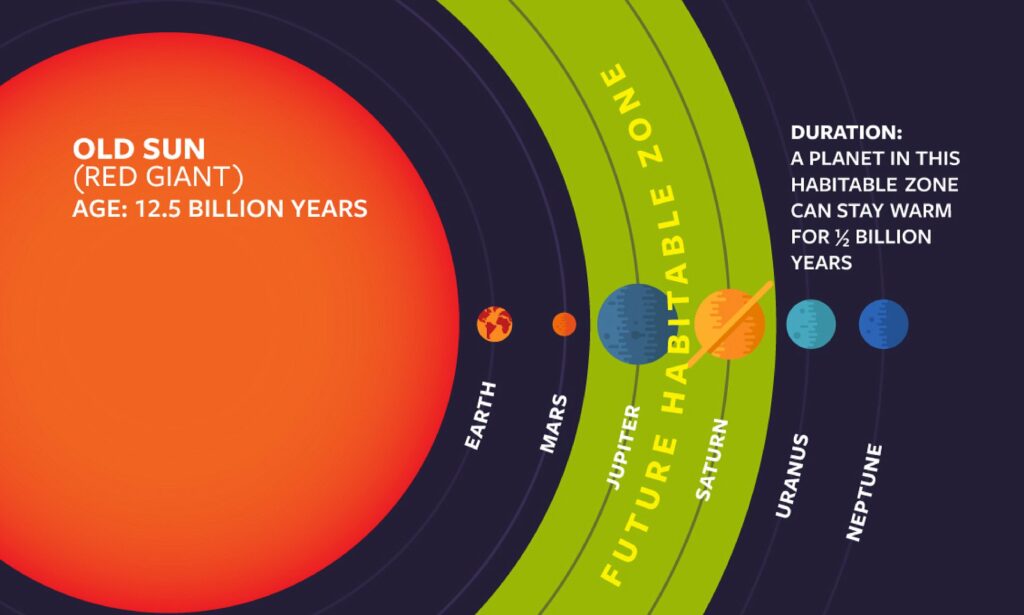
At the age of 12.2 billion years, a thermonuclear reaction will begin in the outer layers of the Sun, and it will start swelling even more. Our luminary will turn into a red giant and absorb the inner planets. These transformations will end with the outer layers of the red giant flying into space, and the inner ones shrinking down to the state of a white dwarf.

